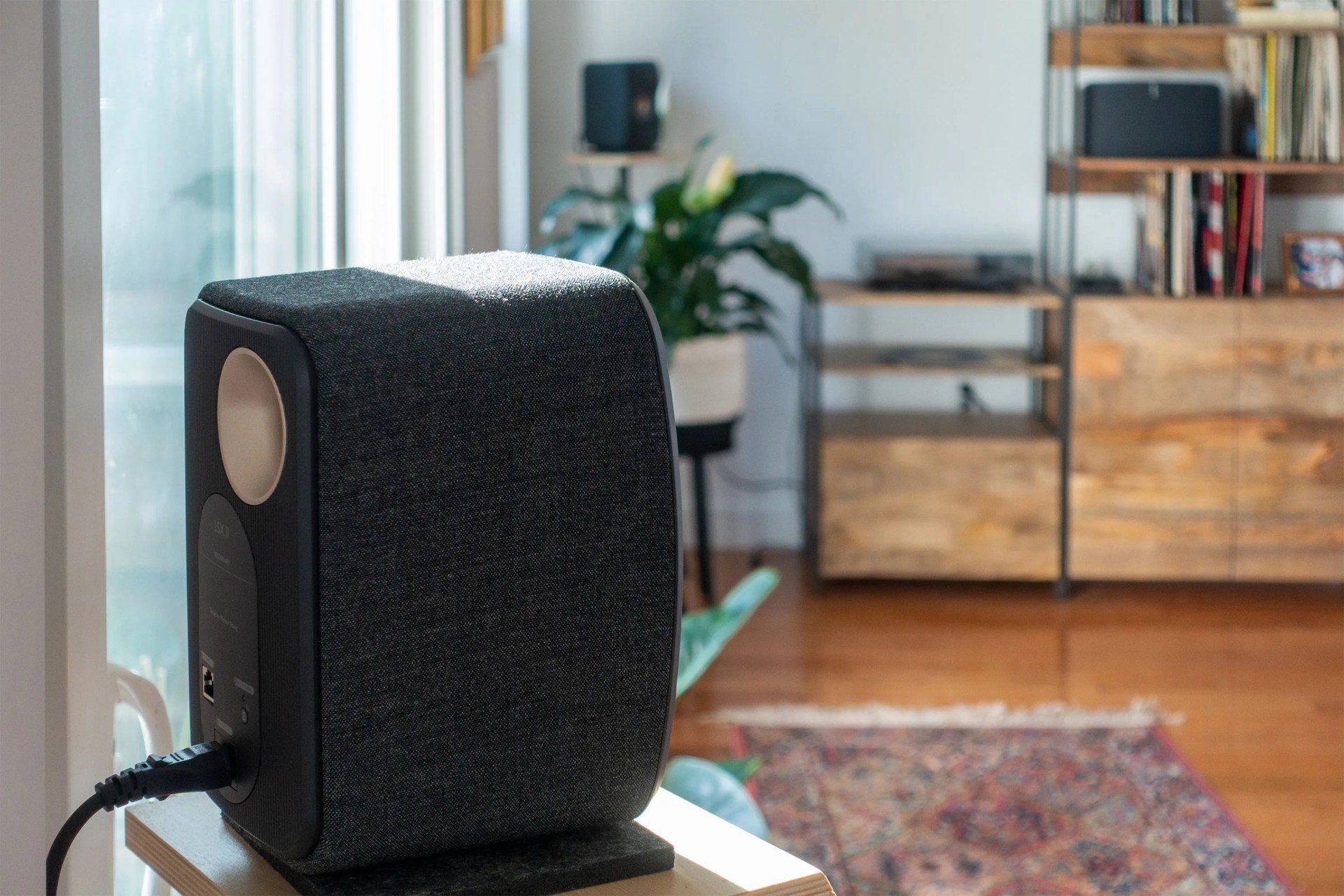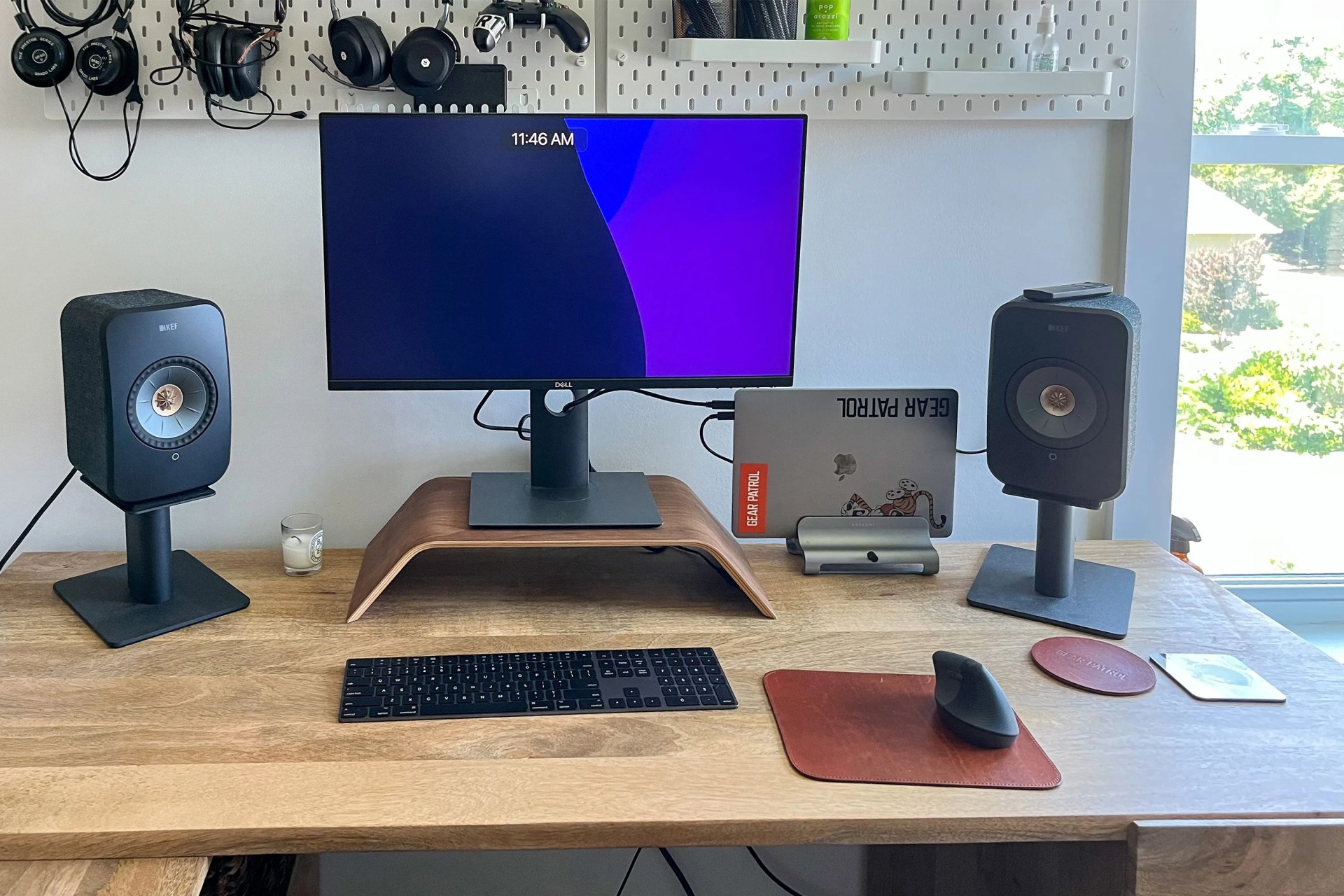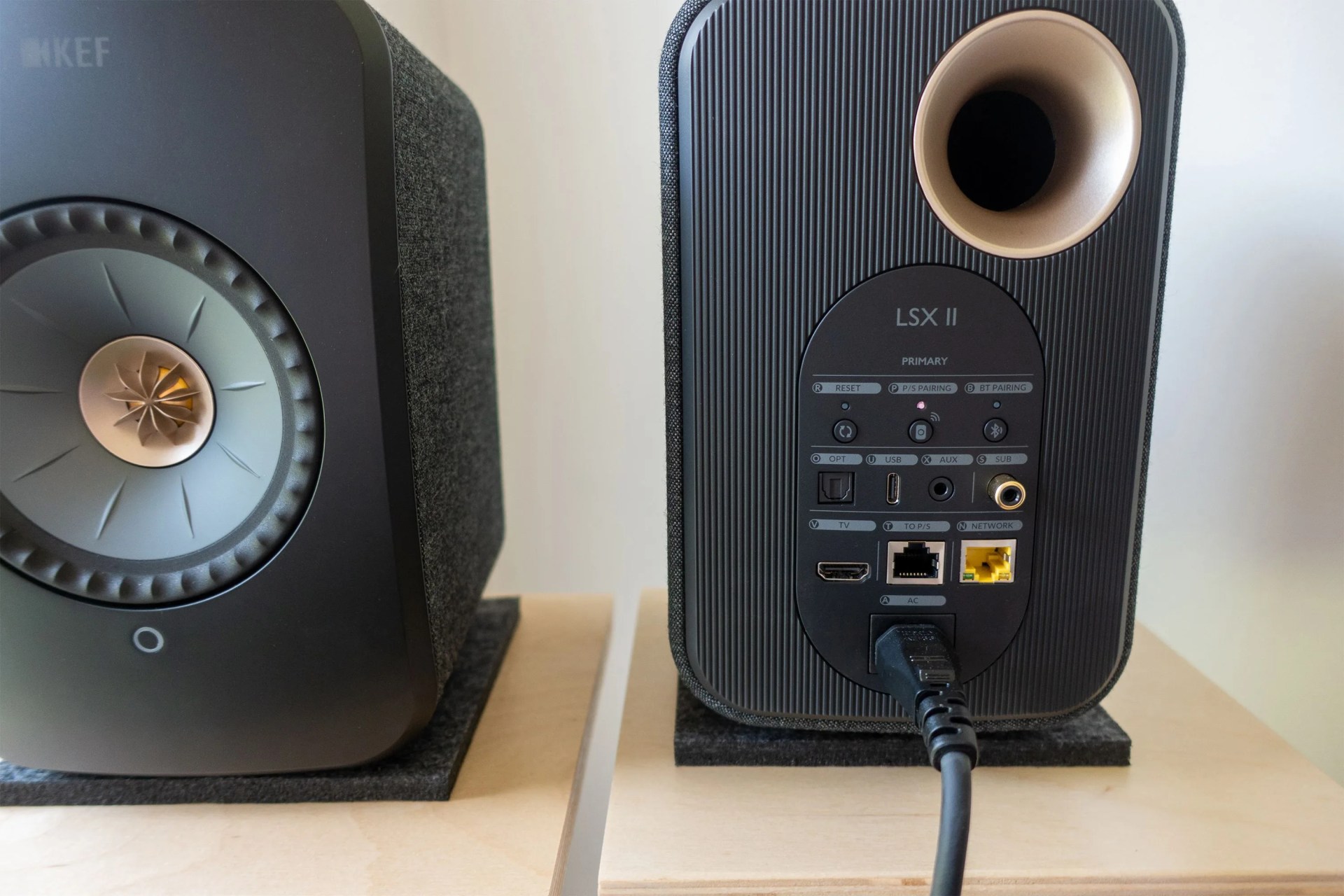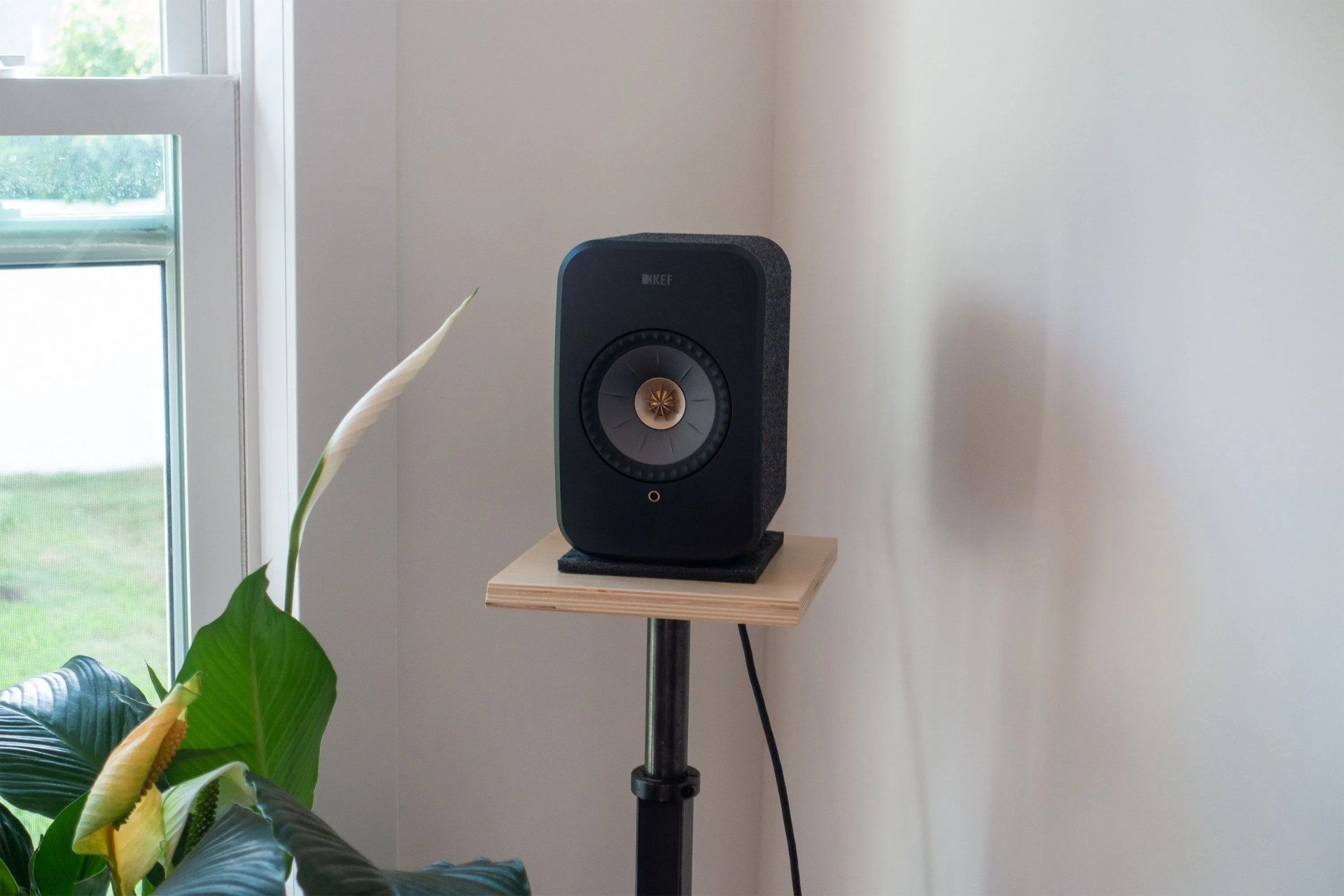The KEF LSX were already one of our favorite active speaker systems — we called them the “perfect hi-fi all-in-one speaker system” when we originally reviewed them back in 2018. They were essentially a smaller and more affordable version of KEF’s super high-end and super versatile LS50 Wireless speakers. Well, it’s been a few years and KEF has now released a second generation version: the KEF LSX II.
The LSX II don’t look much different from the original LSX — in fact, other than a few slightly changed colored finishes, they are virtually identical — but KEF has given these “Gen 2” active speakers quite a few upgrades under the hood. The new models sound sound better, are more versatile and are even easier to use. The downside? Well, they’re also a touch more expensive.The KEF LSX II is available in five different finishes: carbon black (shown), blue, lava red, mineral white, and a soft gold (called “soundwave”).
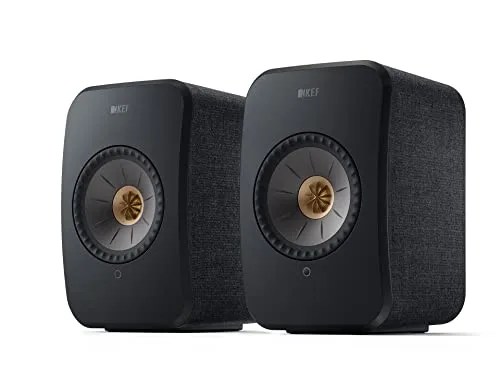 Amazon
AmazonKEF LSX II
-
$1,400.00 (7% off)
Pros
- Excellent lossless-quality sound
- Extremely versatile speakers
- Easy-to-use software
Cons
- Pricey
- Need wired connection for ultimate lossless sound
What’s Good with the KEF LSX II?
The LSX II make listening to great sound easy.
The KEF LSX II is a wireless music system consisting of two bookshelf-sized powered speakers. Each speaker is individually amplified and powered, and they also talk to each other wirelessly; this means that you don’t need a wire connecting the left and right channels. You just place the speakers as close or as far apart from each other and they’ll just work; this makes them great for both small or large rooms, as you don’t have to worry about tripping over or hiding a wire.
Listening to music on the LSX II is extremely easy. The system supports a multiple of wireless (Bluetooth and Wi-Fi) and wired connections. You can easily stream music straight from your smartphone via the likes of Bluetooth or Spotify Connect. You can even integrate the LSX II into a multi-room sound system via AirPlay 2 or Chromecast. Or you can also hardware the speakers directly into a music source like a CD player or a computer. You’ve got options.
